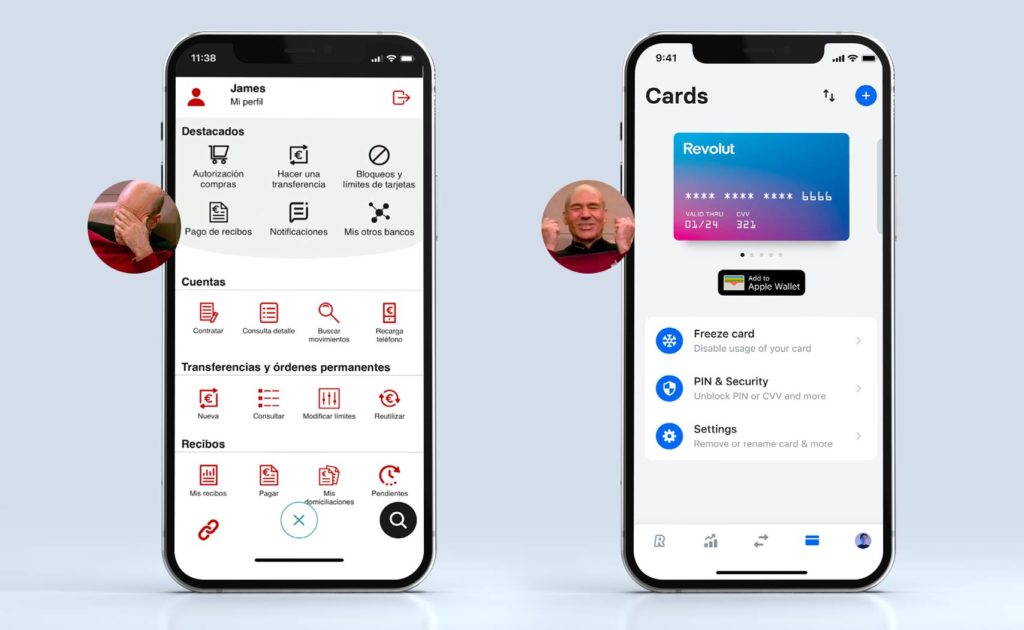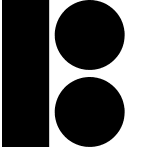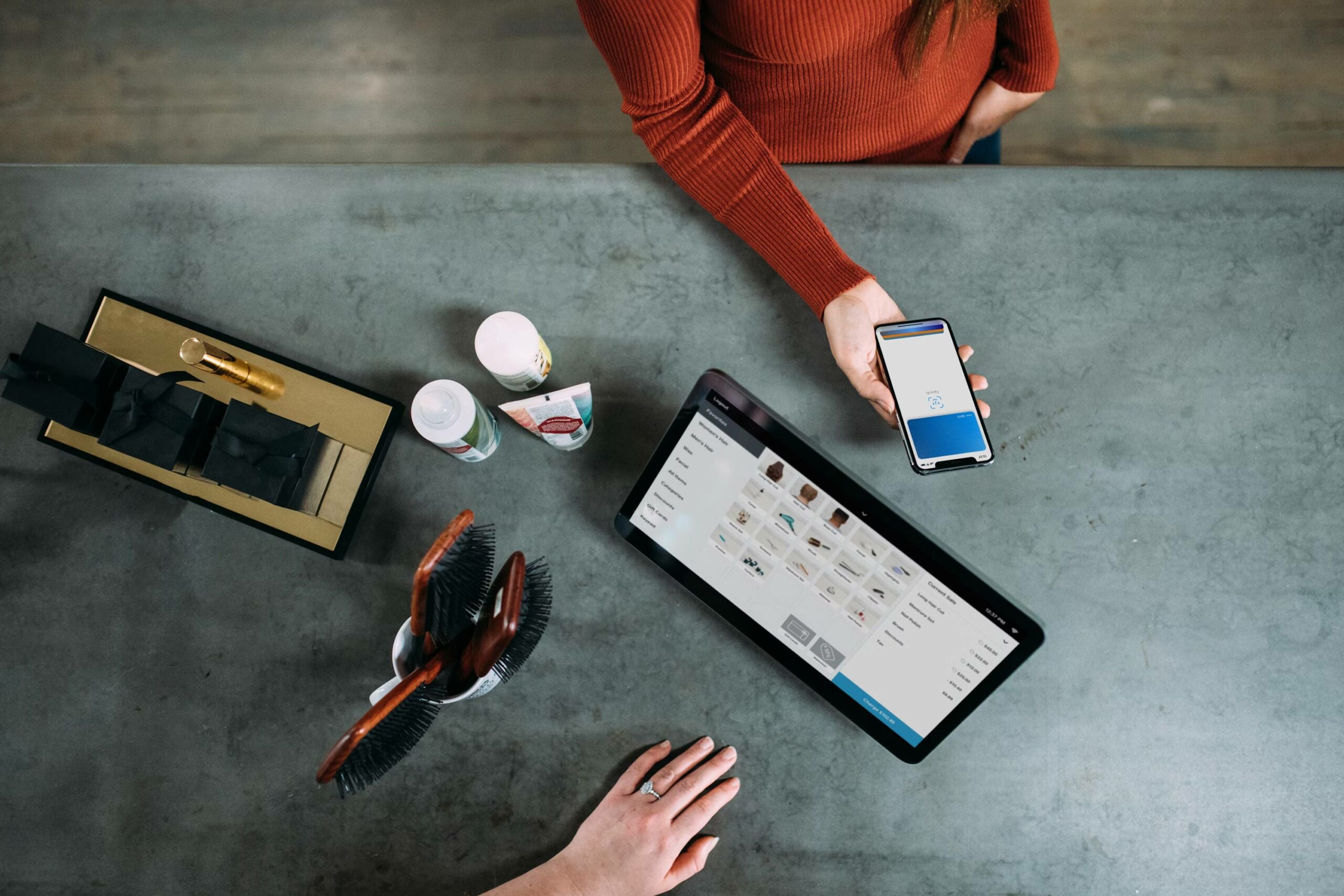The financial services industry has been undergoing a slow and painful transformation in the last 20 years. A new generation of fintech brands have lit a fire under traditional banks’ arses not only go digital, but to also think about visual website and app identity, user experience and overall branding. This digitalisation push has been further catapulted by the millennial head down generation of smartphone addicts and the recent pandemic which has given consumers a not-so-gentle nudge to interact digitally with their banks. A recent study found that today, 57% of consumers prefer internet banking and 55% prefer banking mobile apps.

While banks are scrambling to improve their digital presence, Fintechs are light years ahead focusing not only on their brand and products, but overall UX and UI usability. Why? Because they understand the importance of providing their customers with a positive experience which in turn strengthens their loyalty. Knowing this, Fintech brands make it rain and invest heavily in their end user. According to 2020 S&P Global research, traditional banks spent $30 billion on digital transformation while Fintechs spent $111 billion.
Let’s take a look at what differentiates the Beauties from the Beasts in the world of branding and UX.
The beastly traditional bank user experience
Let’s look at an actual experience my friend (let’s call him James) had recently. James lives in Spain because he loves beer & tapas and naturally he has an account with a Spanish bank from the north of the country to pay for his vices. He wanted to use the bank app for a simple (at least that's what he thought) transaction–change his pin. Once James logged in, this is what the main menu looked like:

Pure horror! The menu is crowded and confusing. The icons are inconsistent and not intuitive. Which one changes the pin? Beats me.
And let’s talk about these colours… cold, sterile, no life or personality. The overall feel is confusing, stuffy and corporate.
As smart as James is, he couldn't figure out how to change his pin so he decided to have a chat with customer service. Let’s look at the chat bar.

The chat menu UI changes completely from the main menu. Is that intentional or an oversight? Who knows… And what’s up with the huge grey space between SEARCH and SALIR.
In the end, was James able to reset his pin? Well……. Yes and no…. He wasn't able to do it online nor did the chat customer service provide him with any “service”, but he did take an hour out of his work day to walk to his bank branch where he manually changed his pin. Customer service, UX and UI at it’s best! Major fail.
The new sexy fintech brand beauties
The financial sector was never considered a “sexy” industry, but the fintech industry changed all that. The new kids on the financial block are creating ripples in the world of apps, branding and UX to keep up with needs of end users who are seeking easier and friendlier digital tools and experience. To cater to their customers, fintech brands such as Revolut, Wise, Monzo and N26 have raised the bar for app design, branding, UX and UI, making the sector nouveau-sexy. How? Here area just a few things…
User-friendly experience
While the finance world can be complex, confusing and overwhelming, fintech brands are essentially solving those problems by simplifying the process and information aggregation for the customer. Not only are the apps simple and striking, but the user interface is more intuitive making a customer journey easy and less frustrating. The home section presents everything in one place, with clear design that’s easy to navigate. Fintech brands stick to the “less is more” strategy providing only the essential info and keeping all the complicated data available behind the scenes.

Keep the user experience simple AND easy
Customers want to understand their finances in a quick and digestible way. Fintech brands converted these problems into opportunities by providing “complex” data in a visual and non-complicated way. The financial info is presented in a simpler and playful way which doesn’t complicate or overwhelm the customer.

Don’t be a square brand
Traditional banks have strict branding guidelines guided by boring colours and literal names (RBS-Royal Bank of Scotland or Bank of England). Fintech brands, on the other hand, think outside the box and push their creative boundaries when it comes to finding catchy names and thinking about their brands. The colors are bright, the names are fun and the overall tone is friendly and inclusive.
Trust is king for fintech brands
Fintechs brands are the new kids on the block, 100% online and lack physical branches where customers can have human interactions and build trust, which is extremely important when it comes to handling money. They rely on social proof to build brand loyalty, communicate their values, solutions and social responsibility. This “social influence” is pivotal and must be visible everywhere: on websites, social media channels, company blogs and all fintech brand communications. Some additional ways fintech brands build trust are customer testimonials, Q&A, and rating.

Fintech Brand tone of voice
Along with making fitech brands visually cool and sexy, they have also changed the way they communicate with the customers. While traditional brands adhere to a formal, cold and impersonal tone, fintechs have made it friendly and fun. The language is more “human” and warm, creating an emotional connection with the customer.

Today, having a financial product online is not enough to survive. Keeping brand and user experience in the frontlines is what separates the traditional financial beasts from the user-obsessed fintech beauties.
If you are creating a new fintech brand or thinking of a make-over, we can help by creating a customised workshop to move your brand forward with a clear set of actions.
By Juliya Obukhovskaya, Bridge Studio Content Writer


No comments.